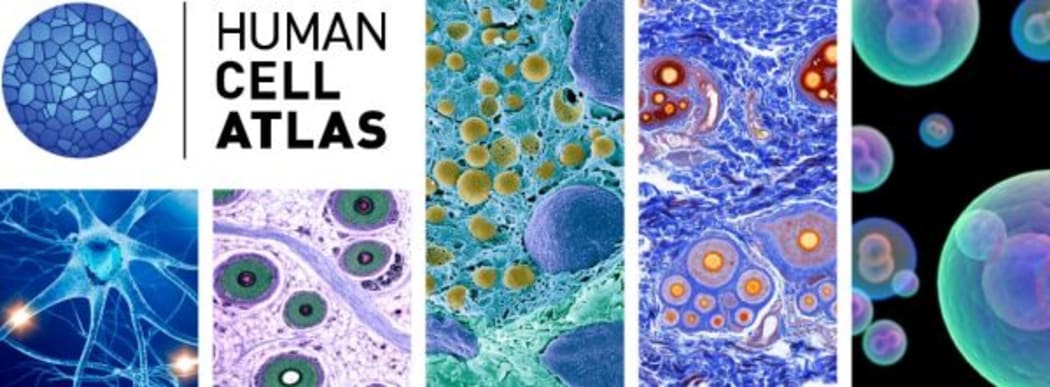This Way Up for Saturday 12 November 2016
This Way Up for Saturday 12 November 2016
Tracking eyes to save lives; is Amazon heading down under?; Google Maps for the human body; and the global thirst for bottled water.
Tracking eyes to save lives
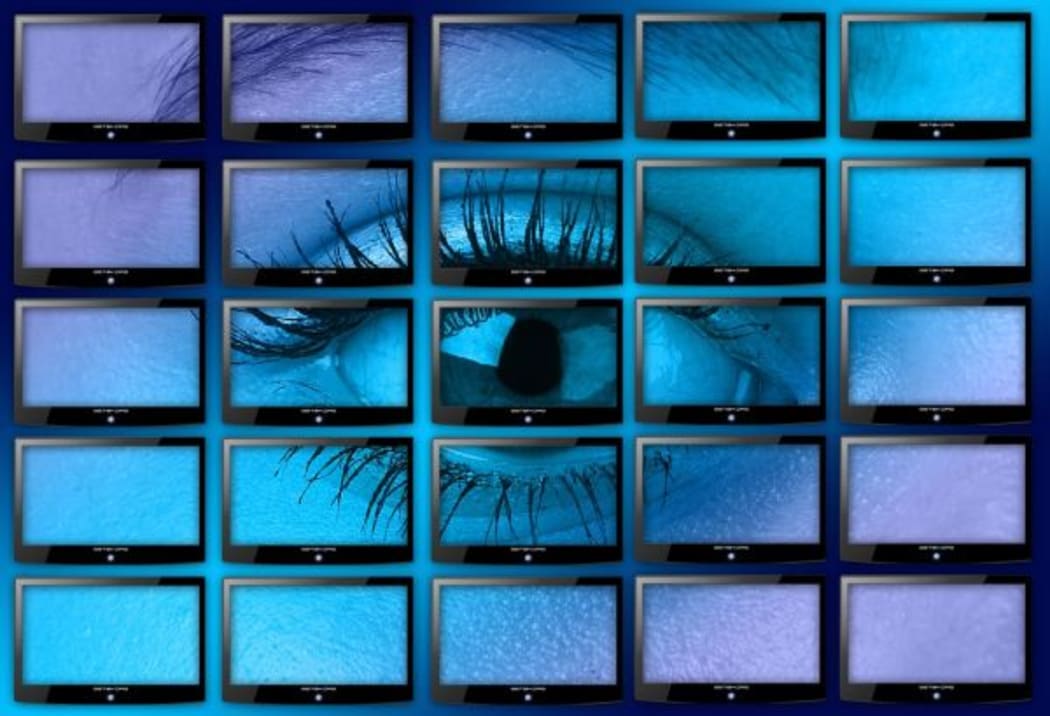
Photo: (Pixabay CC0 Public Domain)
A major motor insurer is promoting the use of in-vehicle eye tracking technology to reduce accidents and save lives on our roads. This Way Up looks at how this eye tracking technology works, with Charles Dawson from Autosense and Ian Taylor from NZI Lumley.
NZI Lumley is encouraging its customers in the commercial transport sector to sign up for an Australian-designed system that uses in-cab cameras and monitors to measure drivers' performance, including looking for signs of tiredness and distraction, in real time.
Detailed figures of the numbers of accidents and death caused by driver fatigue and inattention are hard to come by.
But the National Highway Traffic Safety Administration in the US conservatively estimates that 100,000 accidents and 1,550 deaths, costing 12.5 billion US dollars every year, are caused by tiredness alone. Meanwhile the Ministry of Transport says that driver fatigue was a factor in 14 percent of fatal crashes leading to 76 deaths from 2013 to 2015 here in NZ.
And driver distraction might be an even bigger issue, with a recent study suggesting that driver inattention plays a part in one quarter of serious crashes.
Agreeing to use this eye tracking system could translate into lower insurance premiums. And with the US car-maker General Motors deploying similar technology in some new Cadillacs from next year, you could see it in your own car before too long.
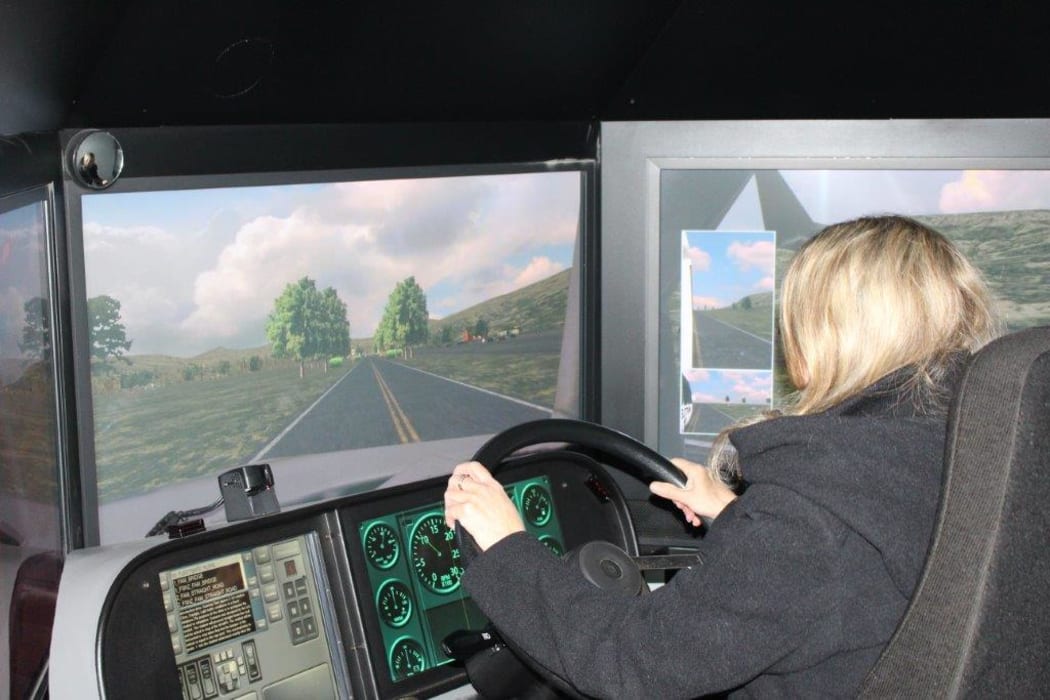
Testing underway in the simulator at the NZI Traction Seminar in Auckland Photo: (Supplied)
Tech news: Amazon down under and the rise of the chatbot
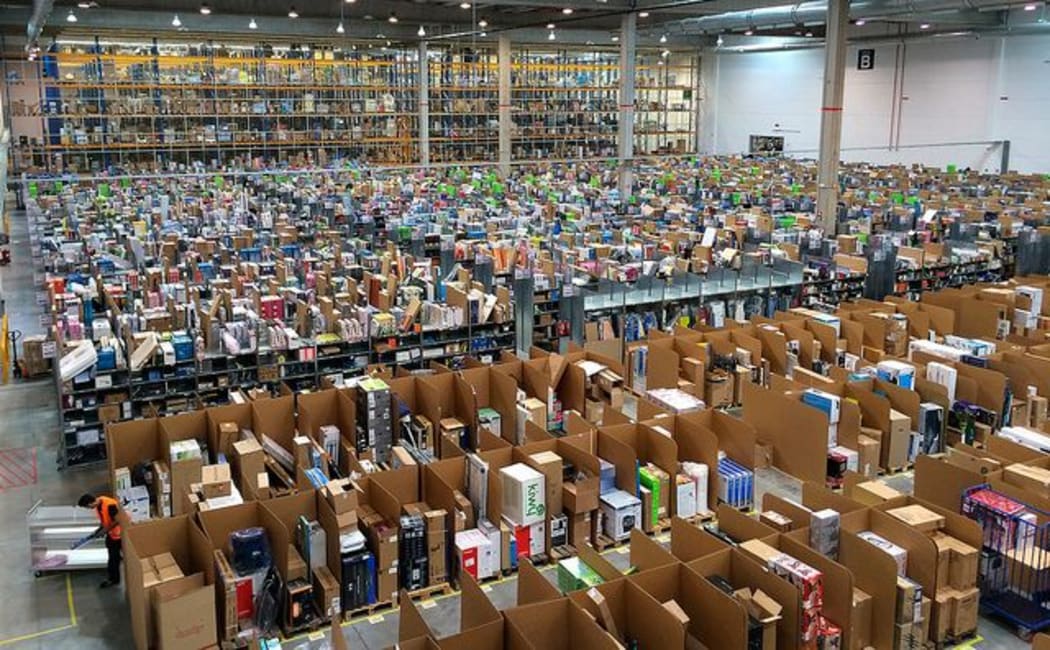
Centro Logístico de Amazon España en San Fernando de Henares, Madrid Photo: Flickr user Álvaro Ibáñez CC BY 2.0
This week, the giant retailer Amazon looks like it could be coming to Australia. Meanwhile, you might soon have to pay GST on all the goods you buy online, not just purchases of digital goods including music, software and films and TV shows. Yikes! Also the rise of the chatbot and how tech giants including Facebook are embracing this technology, using tailored chatbots to act as our personal assistants, and to sell us stuff.
Reports in the Australian media suggest Amazon is planning to set up shop in Australia in 2017.
The online retail giant, which has already established itself in ten regions outside of the US, is hoping to get a slice of the Australian online shopping market. Businessinsider reports that Amazon plans to take on supermarkets with a grocery delivery service too, as well as open bricks and mortar retail stores.
Meanwhile, you might soon have to pay GST on all the goods you buy online, not just purchases of digital goods including music, software and films and TV shows. Yikes!
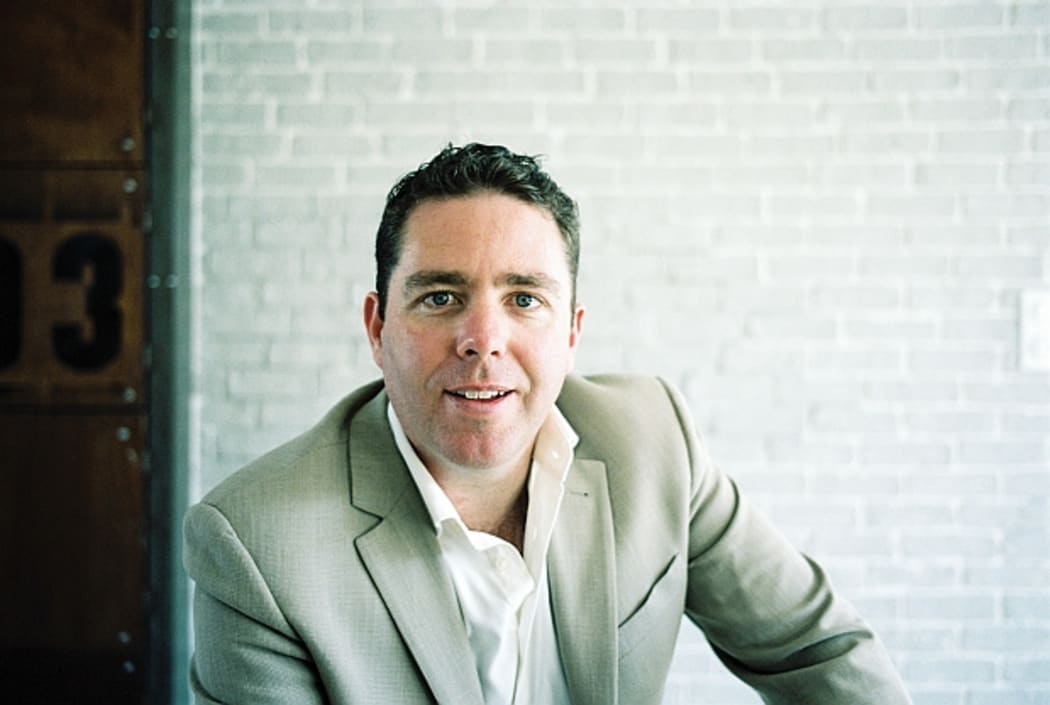
Tech commentator Peter Griffin. Photo: Supplied
Google Maps for the human body
"We believe that a successful description of all the cells in the healthy human body will impact almost every aspect of biology and medicine in the decades to come." Aviv Regev

Aviv Regev Photo: (Supplied)
The Human Cell Atlas is an ambitious project that aims to map the 35 trillion plus cells in our body that make us who we are. It's been described as a Google Maps for the human body!
Cataloguing every cell, which will be done by an international team of labs, will provide a much better understanding of what we're actually made up of, and how diseases start and develop.
Professor Aviv Regev of MIT in the USA and The Broad Institute is one of the lead researchers of the Human Cell Atlas project.
"The knowledge we gain has the potential to transform our understanding of the human body and some of the most serious diseases of our time" Dr Michael Dunn, Head of Genetics and Molecular Sciences at the Wellcome Trust Sanger Institute.
Get some background on the single cell analysis mentioned in the interview:
Water, water, everywhere: the global thirst for bottled water
"Water is no longer simply water - it has become a commercial blank slate, a word on to which any possible ingredient or fantastical, life-enhancing promise can be attached." Sophie Elmhirst in The Guardian
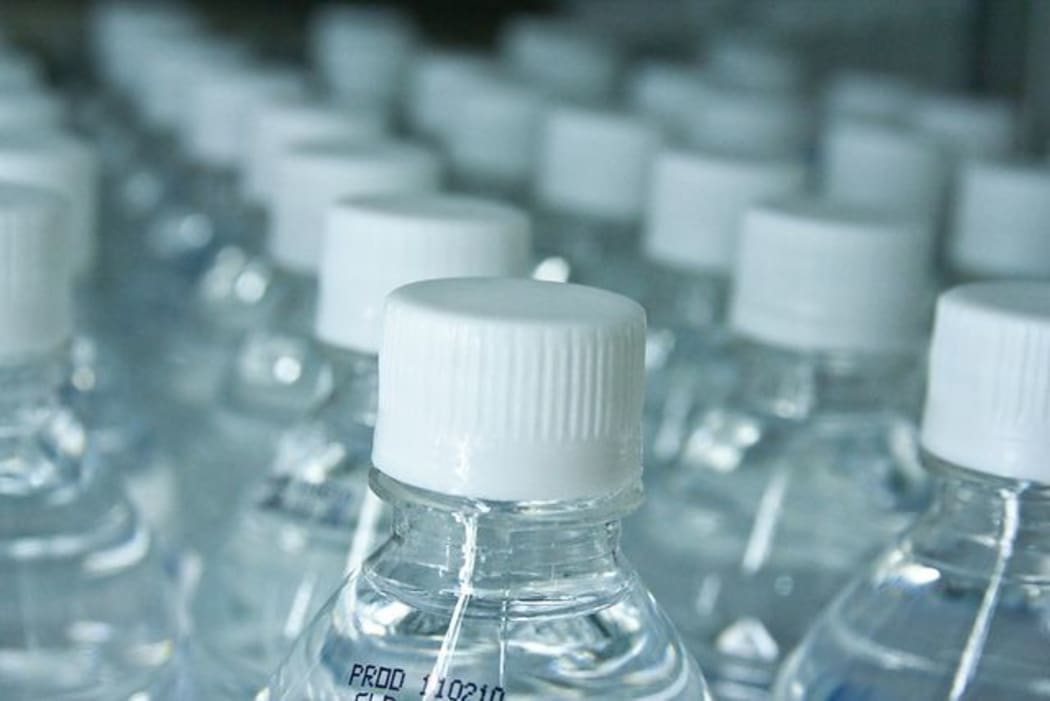
Bottled Water Photo: (Flickr user Steven Depolo CC BY 2.0)

Photo: (Supplied)
Birch water, canned water, electrolyte-enhanced water, water marketed at children...the global market for humble H20 is booming. And even if you aren't all that thirsty the marketers are making sure there's a water to suit every lifestyle, and hydrate the inner You.
"It is a case of capitalism at its most hyperactive and brazenly inventive: take a freely available substance, dress it up in countless different costumes and then sell it as something new and capable of transforming body, mind, soul."
According to journalist Sophie Elmhirst, bottled water has become the fastest growing drinks market in the world. World wide sales already total more than NZ$200 billion, and are predicted to hit nearly NZ$400 billion by 2020.
After water chlorination became widespread in the early 20th century, attempts to sell us water faced a major hurdle. As Sophie Elmhirst explained, "Why would you continue to spend money on something that now came, miraculously, out of a tap in your kitchen? The answer arrived in 1977, in the form of what must be one of history's greatest pieces of television advertising narration...The advert was part of a $5m campaign across America - the largest ever for a bottled water - and proved a major success. From 1975 to 1978, Perrier sales in the US increased from 2.5m bottles to more than 75m bottles."
